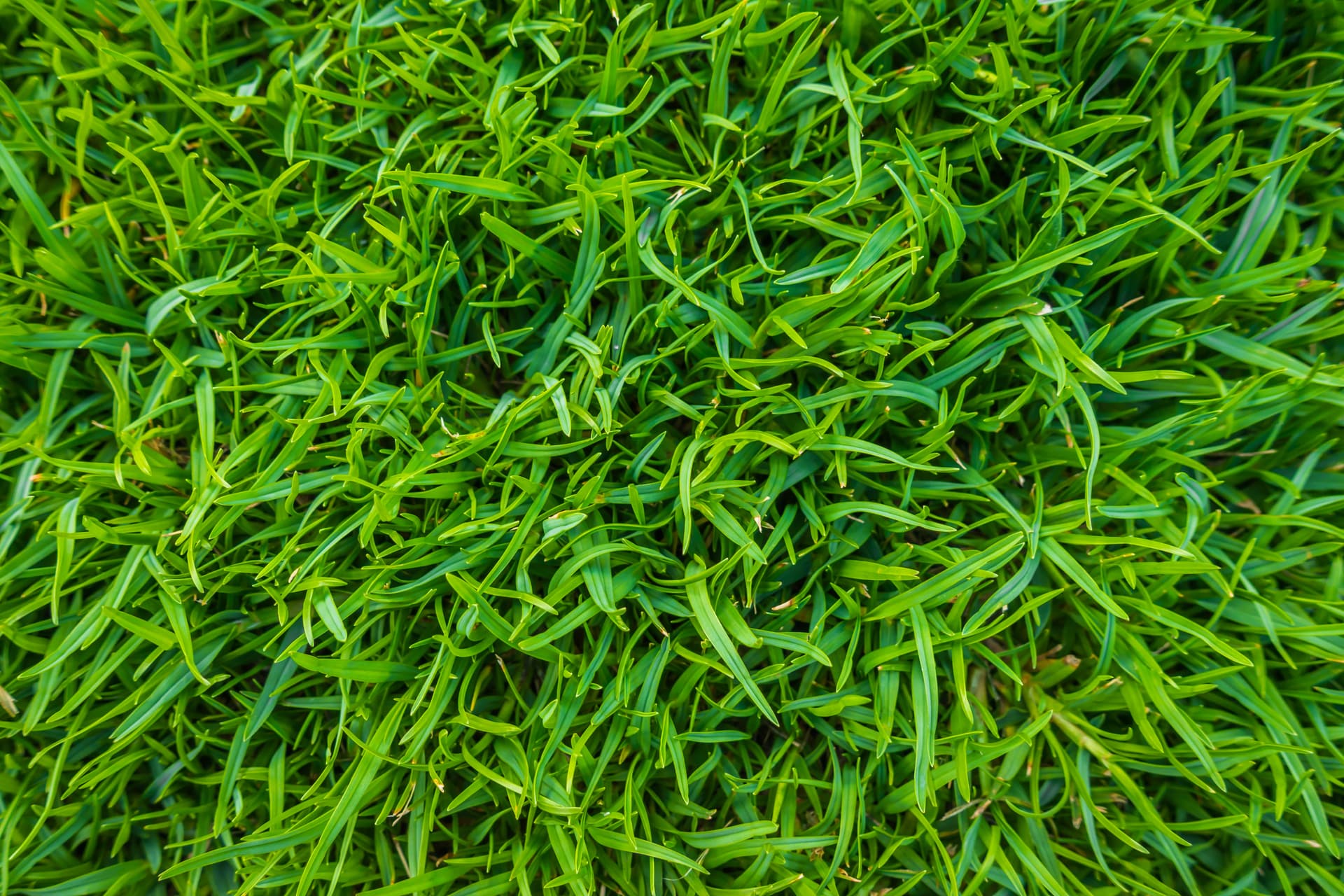Introduction: Maintaining artificial grass is essential to ensure its longevity and keep it looking vibrant and healthy. This article provides a year-round maintenance calendar with care tips specifically focusing on artificial grass cleaning. By following these guidelines, you can keep your artificial grass in peak condition throughout the year.
-
January
Remove debris: Start the year by removing any debris, leaves, or branches that may have accumulated on your artificial grass surface. Use a leaf blower or a plastic rake to gently brush away the debris.
Spot cleaning: Inspect the turf for any stains or spills. Dilute a mild detergent with water and scrub the affected area. Rinse with clean water to remove soap residue.
-
February
Brushing: Regularly brush your artificial grass to maintain its upright position and prevent matting. Use a stiff brush or a power broom to sweep against the natural grain of the grass fibers. This helps improve the aesthetic appearance and avoid compaction of the infill.
-
March
Prevent weeds: Apply a weed killer specifically designed for artificial grass on the surface. Ensure the product is safe to use and doesn’t contain harmful chemicals that can damage the turf.
-
April
Check for drainage: Inspect the drainage system to make sure it’s working efficiently. Clear any debris, such as leaves or dirt, that may be blocking the drainage holes. This ensures proper water flow and prevents water accumulation.
-
May
Pet waste management: If you have pets, regularly pick up solid waste and rinse the affected area with water. Use a pet-safe enzyme cleaner to eliminate any odor. Training your pets to use a designated area can also reduce maintenance and keep the grass clean.
-
June – August
Watering: Despite being artificial, occasional rinsing during the hot summer months can help cool down and clean the grass. Lightly water the surface to remove dust build-up. Avoid excessive watering to prevent waterlogging.
-
September
Brushing and grooming: Resume regular brushing to maintain the grass’s upright position. Additionally, groom the surface by lightly adding infill material to prevent flattening and improve resilience.
-
October
Inspect for damage: Check your artificial grass for any signs of wear, tear, or damage. Repair any small rips or tears using a turf adhesive. If significant damage is present, consider consulting a professional for repairs.
-
November
Leaf removal: Regularly remove fallen leaves and debris from the artificial grass to prevent moisture build-up and maintain its appearance.
-
December
Winter-proofing: Consider using a winterization spray specifically formulated for artificial grass. This can protect the grass fibers from freezing temperatures and prevent brittleness.

